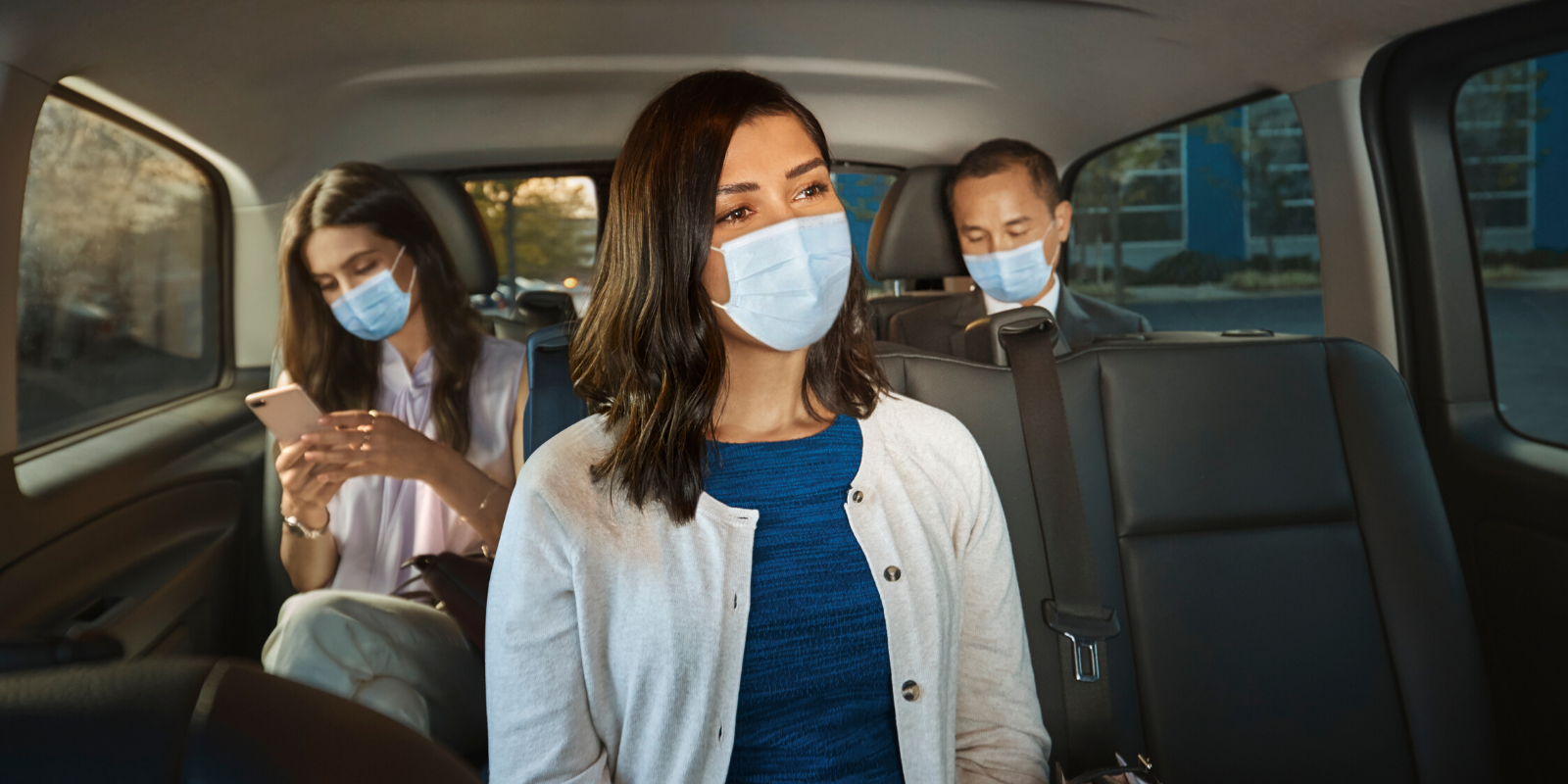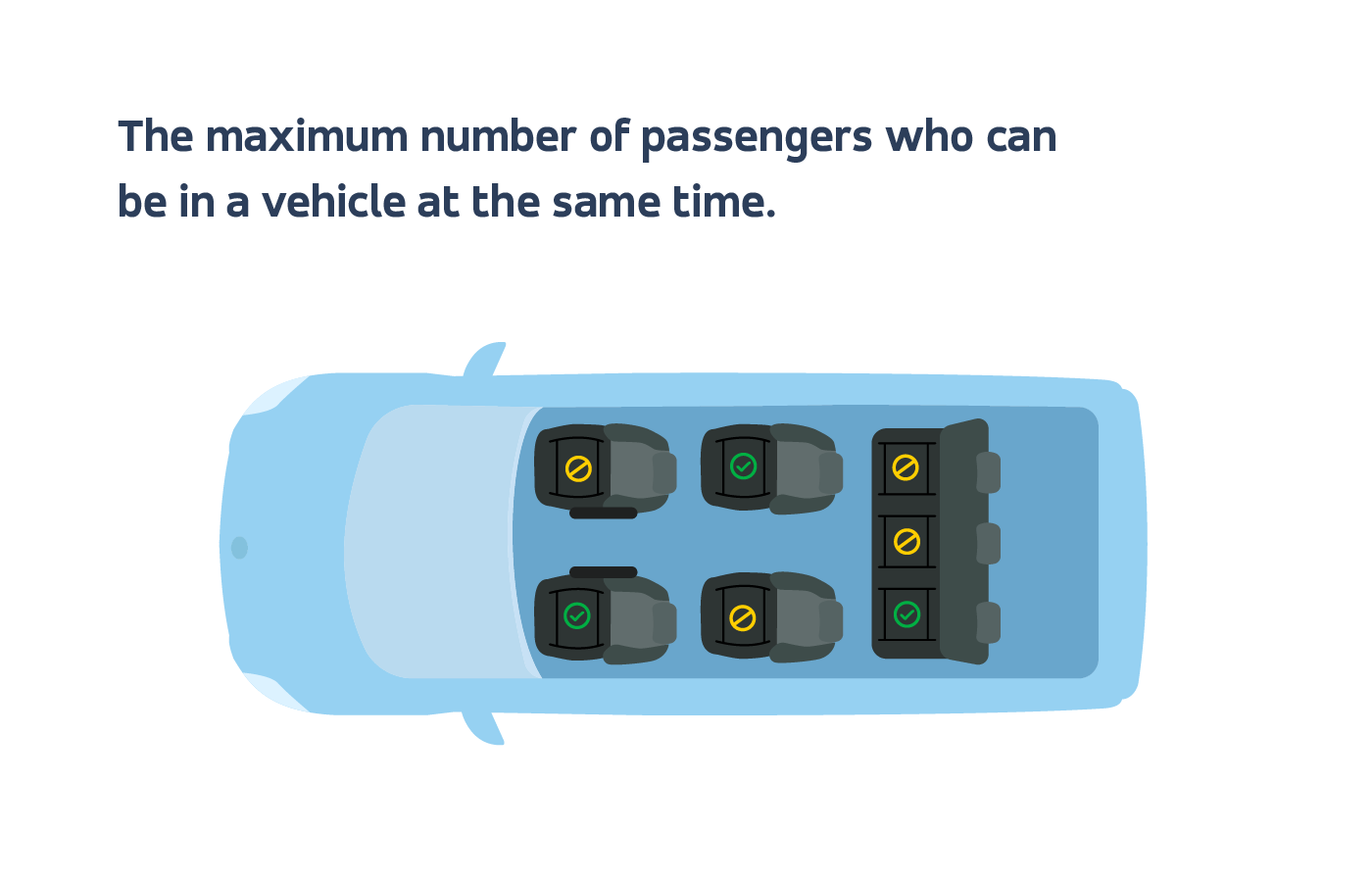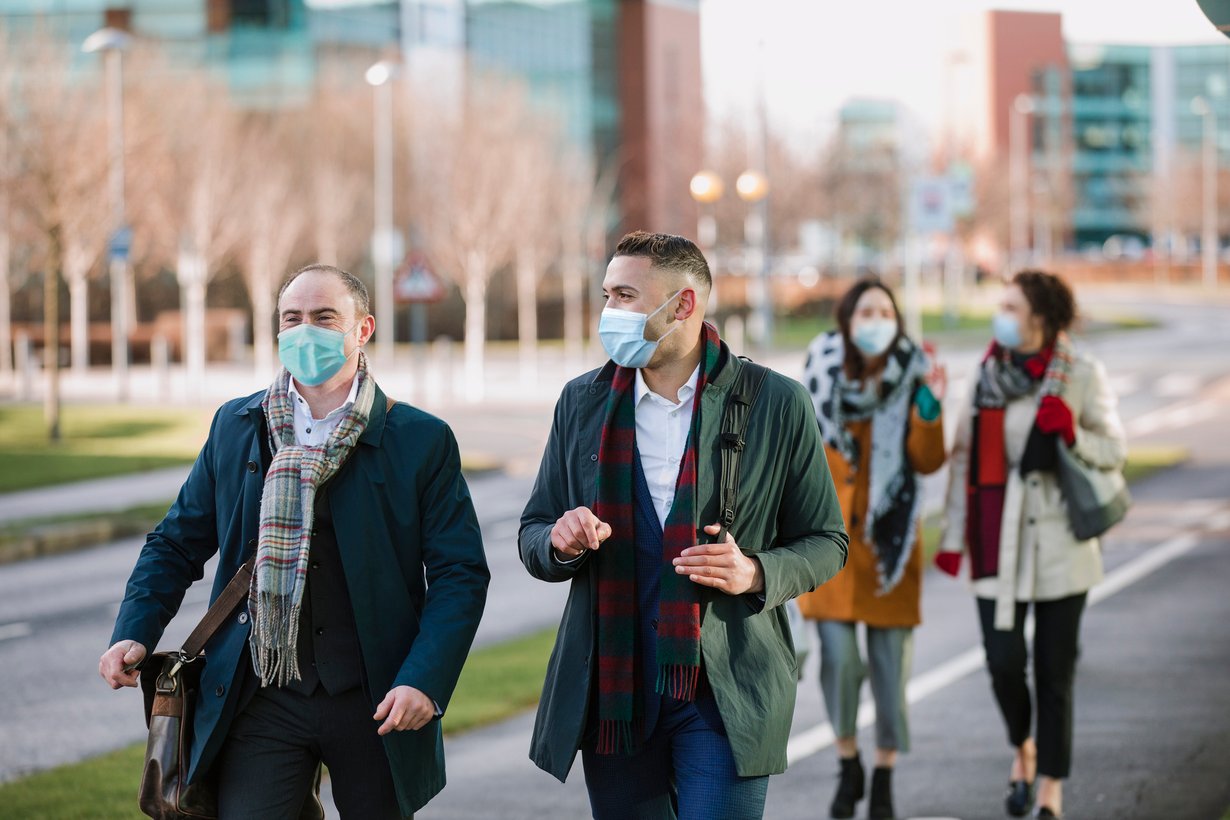After weeks or months of home isolation, countless videoconferences, and keeping kids engaged outside of the classroom, many employees are eager to return to their offices and pre-COVID workplace routines. But as many firms have begun to realize, reopening will not be as simple as flicking a switch. Employers say they plan to increase spacing between workstations, limit elevator use, scrap cafeterias and office kitchens, and even go as far as to develop one-way hallways. All of those precautions, however, come after employees actually get to the office. The more fundamental question is: how will people even get back to work safely?  While cities may be taking increased precautions to assure commuters it's safe to ride public transportation again, a majority of riders are reluctant to use transit under conditions that may expose them to large numbers of fellow passengers. That’s according to a recent survey of U.S. adults that found more than three-quarters (77%) of respondents were not comfortable using public transit until health officials say it is safe and additional precautions were put in place such as face coverings and physical distancing. A larger study by IBM confirms the sentiment, showing that more than 20% of respondents who regularly used buses, subways, or trains now said they no longer would, and another 28% said they will likely use public transportation less often.
While cities may be taking increased precautions to assure commuters it's safe to ride public transportation again, a majority of riders are reluctant to use transit under conditions that may expose them to large numbers of fellow passengers. That’s according to a recent survey of U.S. adults that found more than three-quarters (77%) of respondents were not comfortable using public transit until health officials say it is safe and additional precautions were put in place such as face coverings and physical distancing. A larger study by IBM confirms the sentiment, showing that more than 20% of respondents who regularly used buses, subways, or trains now said they no longer would, and another 28% said they will likely use public transportation less often.
Cities are now challenged with implementing new safety measures so public transit remains central to how people travel. One alternative, for those with the means to own a vehicle, is to drive yourself to work. IBM’s survey of 25,000 U.S. adults indicates the recent financial strain caused by the pandemic is significantly influencing their decision to buy a vehicle in the next six months. And of respondents who already own a vehicle, one in four say they will use it as their exclusive mode of transportation going forward. These findings are alarming, both because of the environmental and economic consequences of increased passenger vehicle usage, and because of the disproportionate impact that a turn away from public transit will have on disadvantaged communities, traffic congestion, and vehicle emissions. 
A new study from Vanderbilt University projects a dramatic rise in traffic across the nation caused by a rush to single-occupancy vehicles after the shutdown, specifically hitting the Bay Area the hardest. The trend could potentially increase morning commutes by up to 42 minutes. New York and Los Angeles are expected to be the second and third worst-hit areas, respectively. And once at the office, many workplaces have limited parking space, and would not be able to accommodate significant increases in the levels of workers driving private vehicles.
Thankfully, many corporations are recognizing the trend early, and the solution may actually be less complex than anticipated. Organizations around the world are already using TransitTech to shuttle their essential employees to work, but healthcare and essential workers aren’t the only ones who can benefit from these new types of shuttle services. There are thousands of employees who commute to headquarters, offices, and distributed locations who do not have personal vehicles or the opportunity to take private car services. In order to continue business-as-usual, they need a reliable and safe way to get to and from the office. Companies taking their “return to work” plans seriously are thinking about how to provide safe options to all employees.

Private shuttle networks offer a promising alternative.
Similar to the way cities like Berlin , Washington D.C., and Abu Dhabi quickly developed on-demand shuttles for healthcare workers to safely get to-and-from hospitals during the height of the pandemic, some employers are turning to microtransit to develop private networks of shuttles for employees. These private networks offer organizations a safe, sustainable, and convenient way to bring their teams back to the office in the coming weeks.
Companies can develop a customizable transportation system that gives them complete control over their return-to-workplace strategy, while creating commuting patterns that are both safe and more sustainable than private cars. Employees provide their pickup time and address, and the routing algorithm makes sure they can safely arrive at the workplace on time for their shift, sharing their ride only with a small number of approved colleagues to accommodate for physical distancing.  Because these systems are highly configurable, they allow employers to specify the maximum number of passengers who can be in a vehicle at the same time, and can flex as regulations evolve. Vehicles and drivers are specifically assigned to drive only for the company’s private transit network, meaning they will not transport anyone other than their assigned employees. Vehicles will be thoroughly cleaned and inspected each day or after each trip — with all drivers meeting or exceeding CDC guidelines for preventing the spread of novel coronavirus.
Because these systems are highly configurable, they allow employers to specify the maximum number of passengers who can be in a vehicle at the same time, and can flex as regulations evolve. Vehicles and drivers are specifically assigned to drive only for the company’s private transit network, meaning they will not transport anyone other than their assigned employees. Vehicles will be thoroughly cleaned and inspected each day or after each trip — with all drivers meeting or exceeding CDC guidelines for preventing the spread of novel coronavirus.
This type of network can also help employers implement staggered work schedules, and ensure that employees adhere to the new timelines. Each employee can check their mobile app to see what time they’re expected to be picked up, and can communicate directly with their HR team if any adjustments need to be made. And, if any of the riders develop symptoms of COVID-19, the technology’s secure passenger logs will allow companies to easily check which other passengers may have come into contact with the employee in question.
Private network shuttles have quickly become immensely popular with healthcare workers as many cities and hospital networks around the world scramble to provide safe transportation for critical employees. For example, the Abu Dhabi Healthcare Link covers 37 local hospitals and clinics across 278 km2, offering door-to-door on-demand free rides to and from the local healthcare facilities. Users request a ride via the Healthcare Link app, and the technology automatically handles routing and passenger capping for proper physical distancing. The service started with just 10 vehicles, but after seeing explosive demand within just hours of launching, they increased the size of their fleet by 100% within a few days.

A more sustainable solution to commuting.
Returning to the office and easing workplace restrictions is an exciting development, but the prospect of ballooning traffic and congestion should give employers pause. While public transit implements new technology and puts precautionary measures in place to get commuters riding again, sharing smart, safe rides using closed corporate shuttle networks enables employees and companies to focus on getting back to work with peace of mind.




